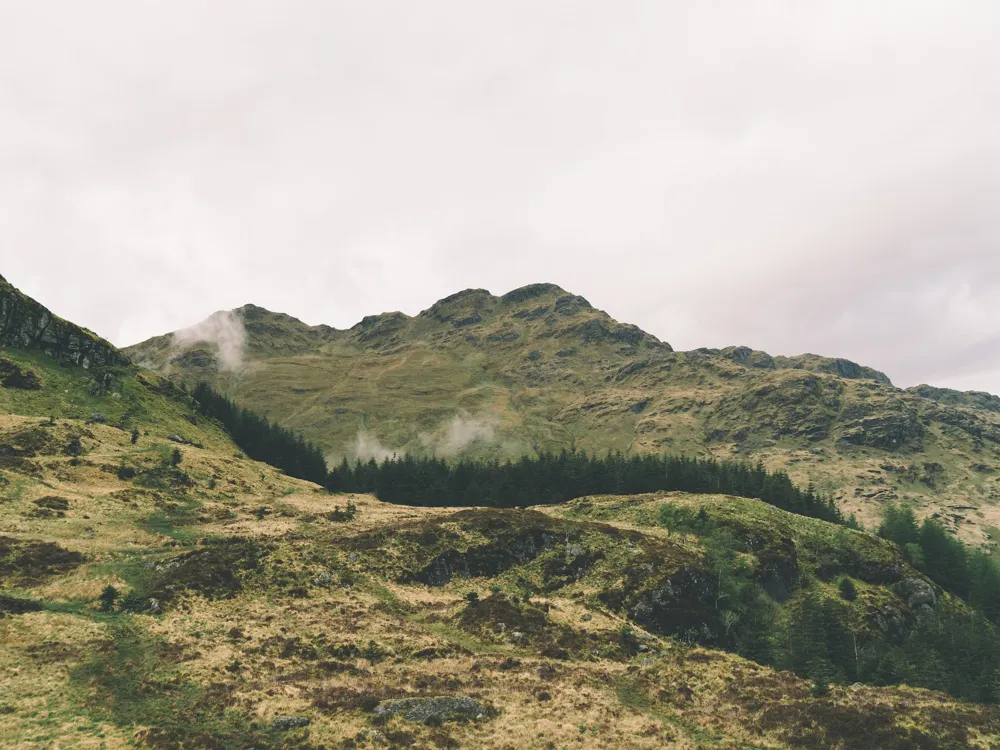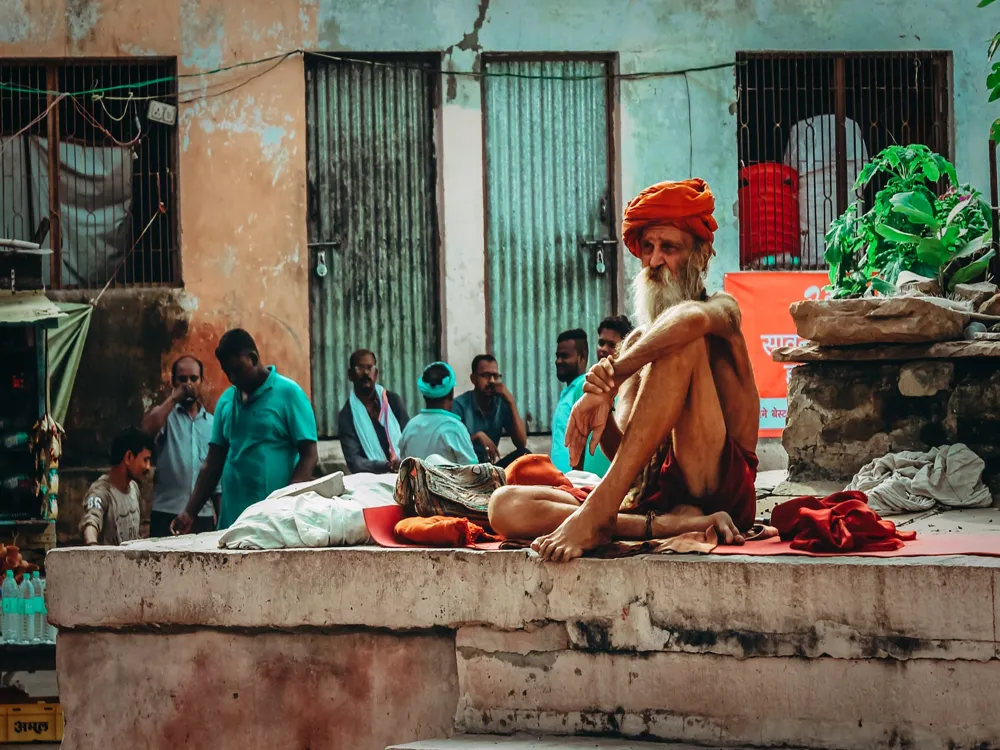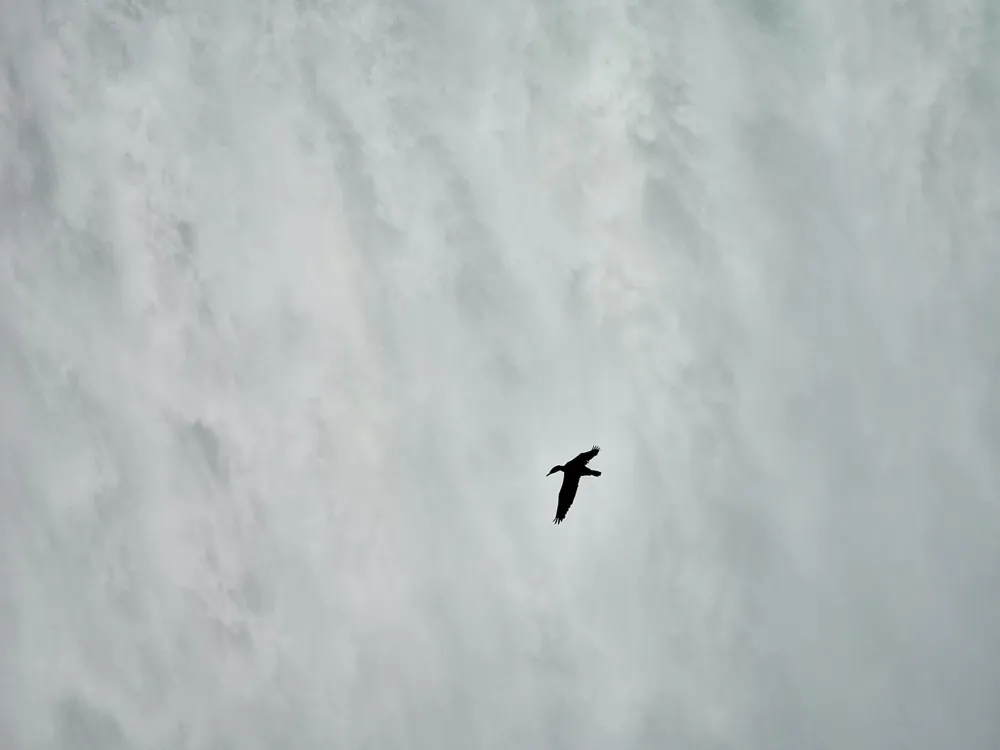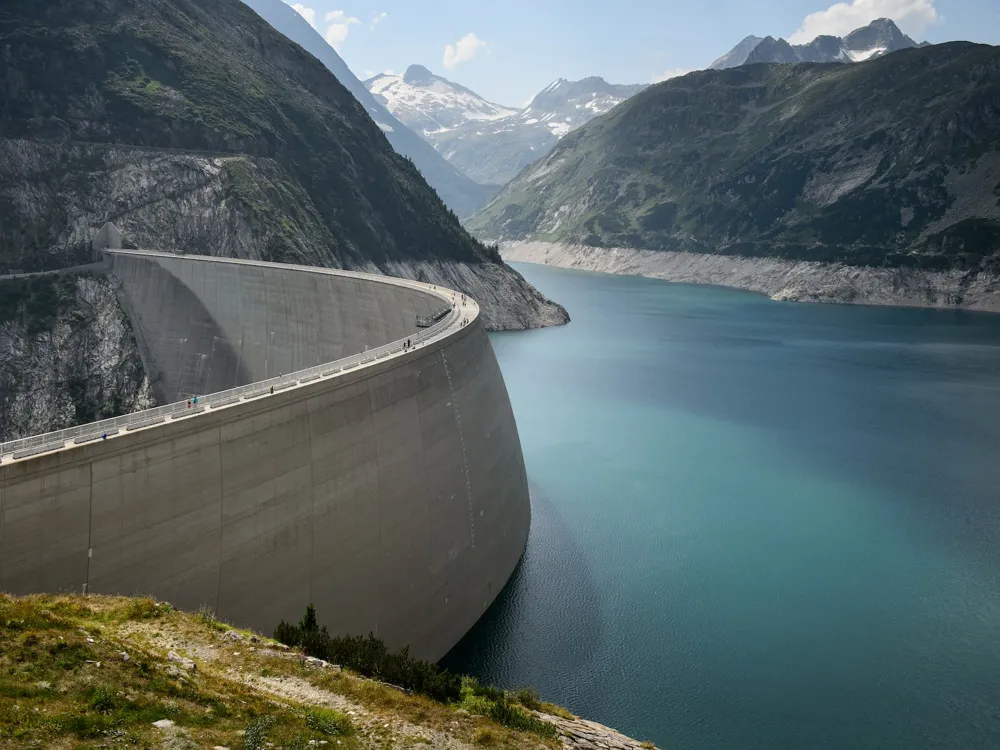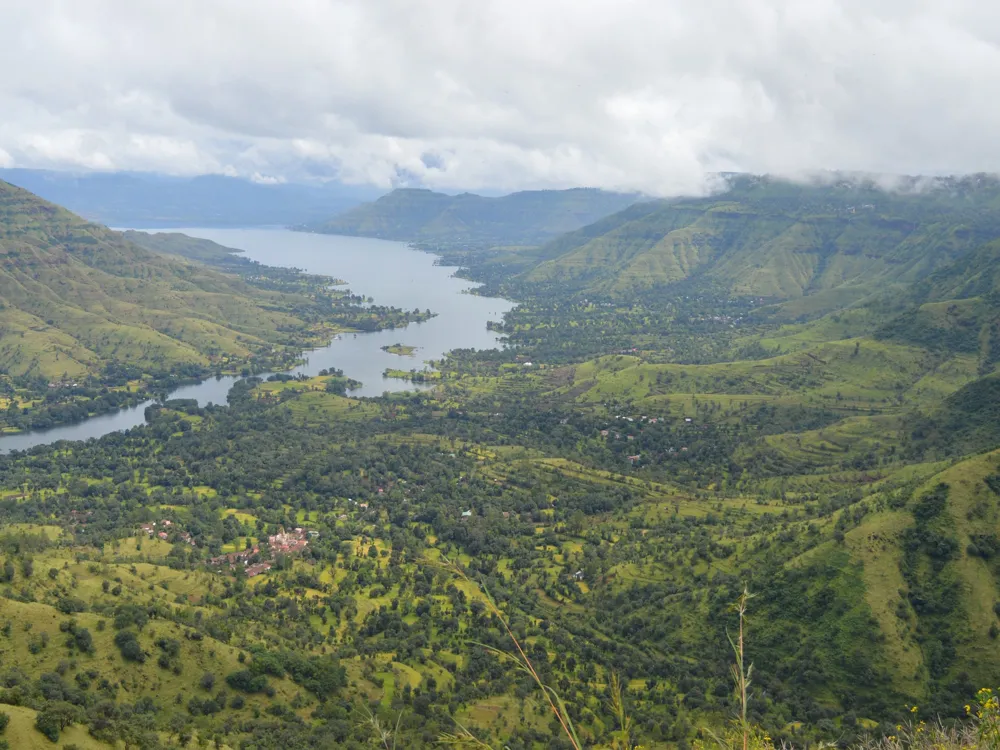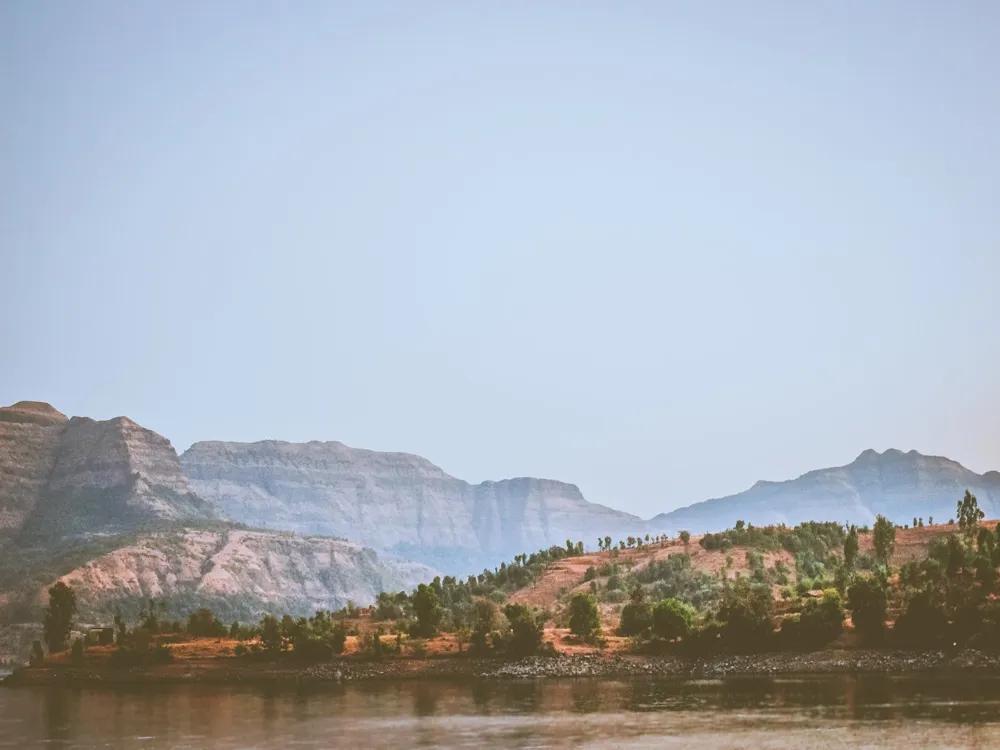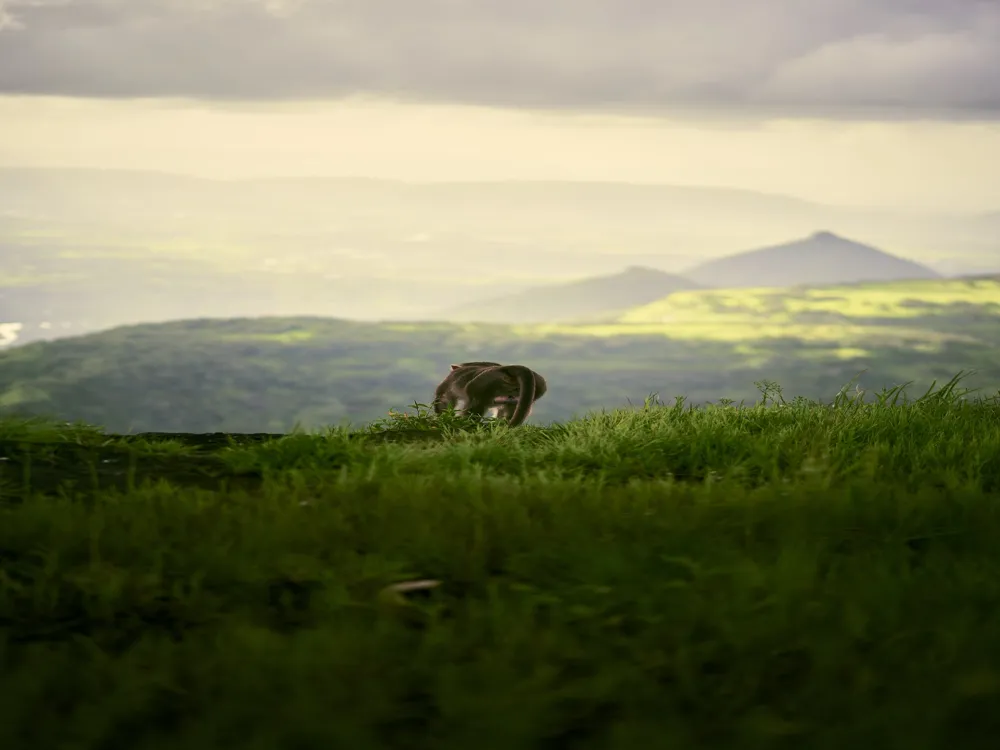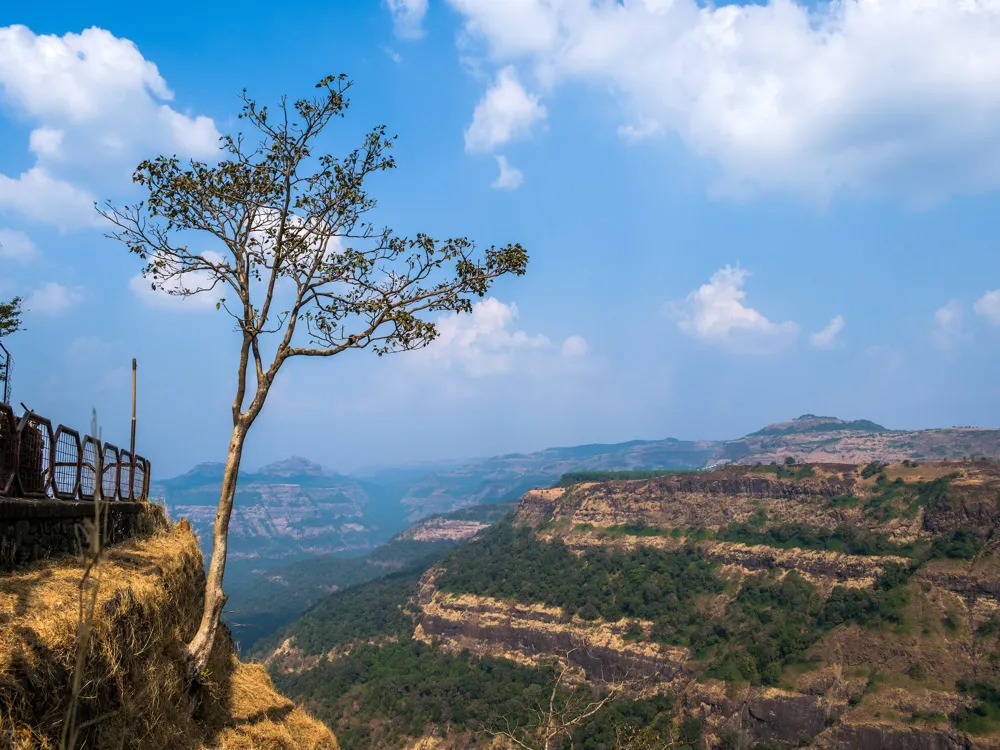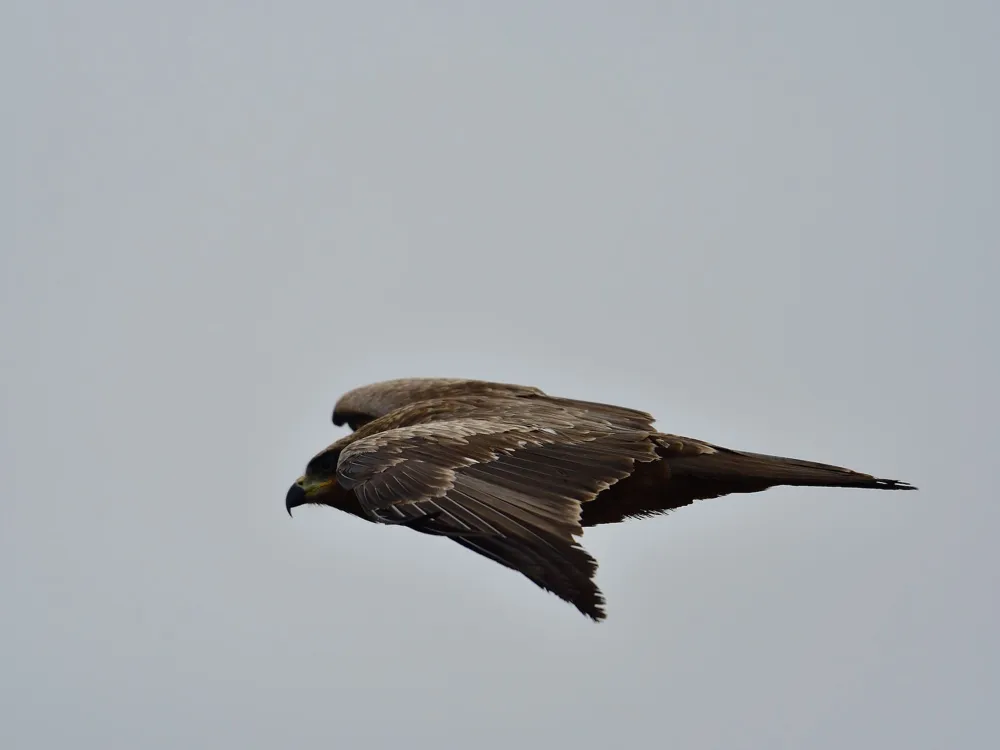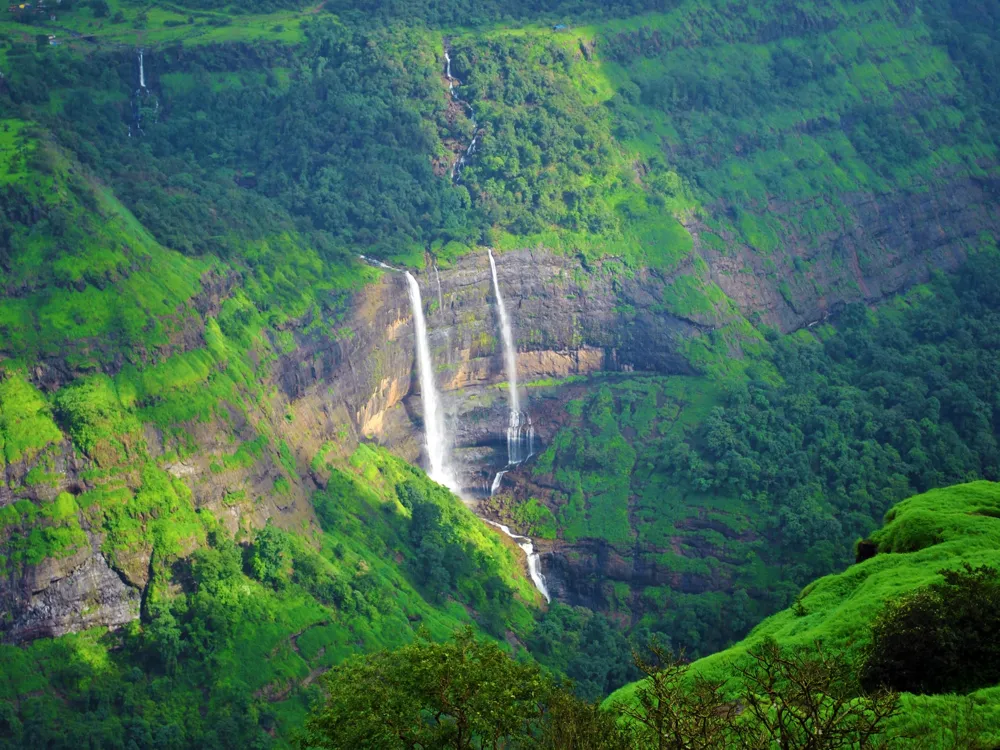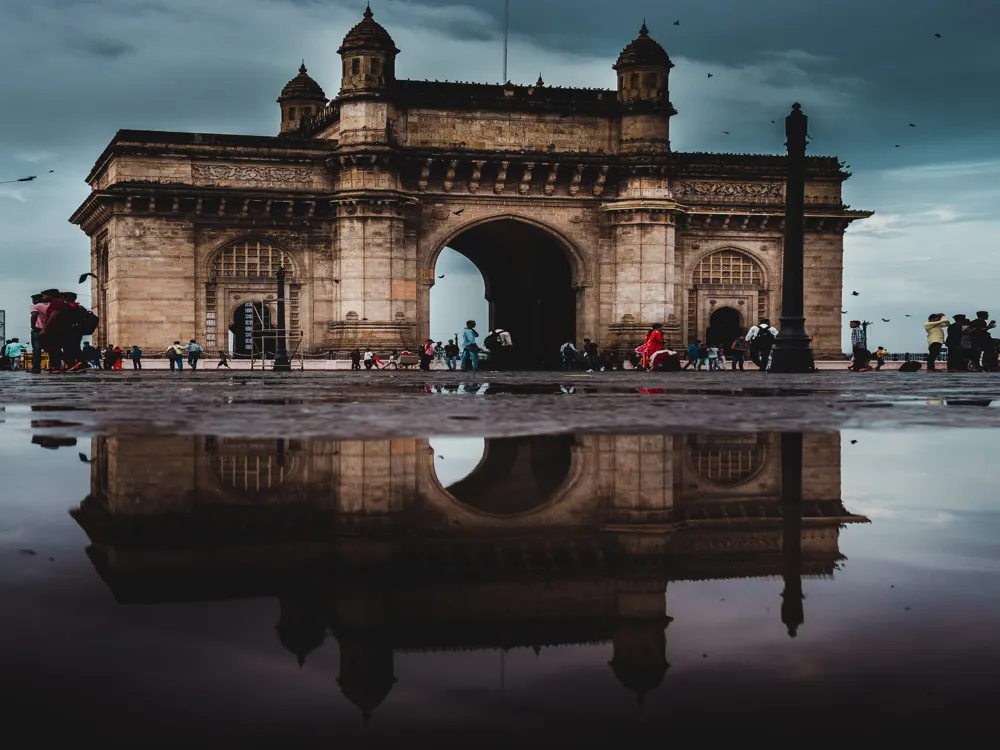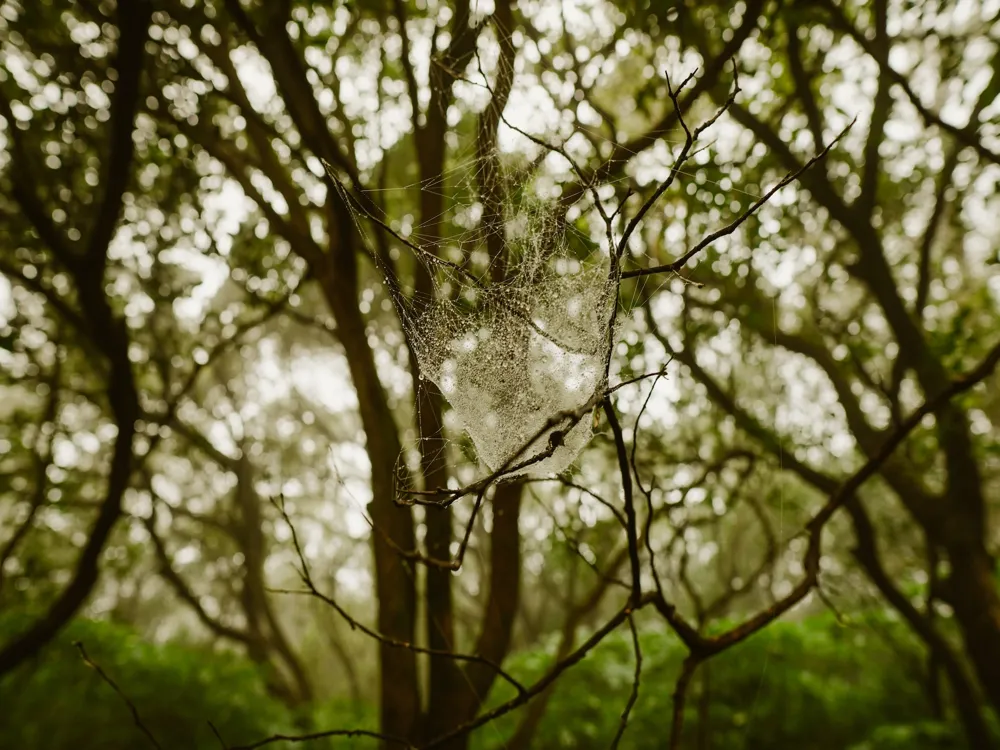Nestled in the lush green environs of Malshej Ghat in Maharashtra, Harishchandragad is a treasured historical fort that attracts trekkers, history buffs, and nature lovers alike. This ancient fort, believed to have been established in the 6th century during the rule of the Kalachuri dynasty, offers a splendid combination of natural beauty and archaeological significance. The fort is perched at an altitude of about 1,422 meters and is known for its scenic landscapes and the enchanting tranquility that surrounds it. Harishchandragad, over the centuries, has witnessed several dynasties rise and fall, including the Marathas and Mughals. Each era has contributed to the fort’s rich historical tapestry, leaving behind a wealth of stories and structures. The fort's strategic location made it a crucial watchtower, guarding the surrounding region. Today, it stands as a testament to the architectural prowess and historical grandeur of ancient India, offering an insightful glimpse into the country’s past. The trek to Harishchandragad is a journey through time, as one traverses paths carved into the Sahyadri ranges. The trek is known for its varying difficulty levels, attracting both novice and experienced trekkers. En route, one is treated to a variety of flora and fauna, seasonal waterfalls, and mesmerizing views of the surrounding valleys and hills. The area also becomes a haven for birdwatchers and nature photographers, especially during the monsoons when the region is in full bloom. As visitors ascend, they are greeted by the fort's most iconic spot, the Konkan Kada. This cliff face offers a panoramic view of the surrounding region, including the Malshej Ghat. The phenomenon of the 'Reverse Waterfall', witnessed during the monsoon, is a spectacle to behold, where the force of the wind pushes the waterfall upwards. The beauty of Harishchandragad extends beyond its natural wonders, as it is also home to several historical and religious sites, including temples and caves that date back to the 11th century. The journey to Harishchandragad is not just a trek but a pilgrimage into the heart of nature and history. It is a place where silence speaks volumes and the winds carry whispers of the past. The fort, with its rugged pathways and ancient walls, tells stories of glory, resilience, and the relentless passage of time. It's a destination that promises to leave its visitors in awe, offering experiences that linger long after the journey is over. The architecture of Harishchandragad is a remarkable amalgamation of natural terrain and human ingenuity. The fort’s strategic position atop a hill in the Sahyadri range is complemented by its architectural elements, which are both functional and aesthetic. The fortifications and structures within Harishchandragad bear the hallmarks of ancient Indian military architecture while also reflecting the cultural and religious ethos of the times. One of the key architectural highlights of Harishchandragad is the Konkan Kada. This concave cliff face is not only a natural wonder but also a marvel of ancient engineering. The cliff's overhanging shape provides a natural shield, making it a formidable defense point against enemies. The sweeping views from Konkan Kada are breathtaking, offering a strategic vantage point for surveillance in ancient times and an unparalleled scenic experience for visitors today. Another significant aspect of the fort's architecture is its water management systems. Despite its elevation and rugged terrain, Harishchandragad was equipped with an advanced system of tanks and cisterns to collect and store rainwater, a testament to the foresight and ingenuity of its builders. These water reservoirs ensured a year-round supply of water, critical for the sustenance of the fort's inhabitants and for withstanding sieges. The temples and caves within Harishchandragad are remarkable examples of rock-cut architecture. The Kedareshwar Cave, housing a massive Shiva Linga surrounded by water, is a fine instance of this. The temple, carved directly out of the rock, stands as a symbol of the religious significance of the site. The cave's intricate carvings and sculptures reflect the artistic skills and spiritual leanings of the era. The fort's layout and structures also reflect a keen understanding of topography and defensive strategy. The fortifications, bastions, and watchtowers are strategically placed to provide maximum security and surveillance. The pathways and steps leading to the fort are a mix of natural rock formations and man-made structures, showcasing the blend of natural advantages and architectural skills. The architectural legacy of Harishchandragad is not just about the structures that stand today; it is about the stories they tell and the insights they offer into ancient Indian history, culture, and craftsmanship. Each stone, pathway, and sculpture in Harishchandragad carries the legacy of an era that cherished both the spiritual and the temporal, blending them seamlessly into the fabric of daily life. The ideal time to visit Harishchandragad is between October and March, when the weather is relatively cool and pleasant. Monsoon, from June to September, offers a unique experience with lush greenery and waterfalls, but trekking can be challenging due to slippery paths. Proper trekking shoes, comfortable clothing, and a good backpack are essential. Carry water, snacks, a first-aid kit, and a flashlight. During monsoons, rain gear is a must. It's also advisable to carry a map or GPS device for navigation. Harishchandragad is a natural and historical treasure. Visitors are urged to respect the environment by not littering, sticking to designated paths, and not disturbing the wildlife. Preserving the sanctity of the place is crucial for its sustainability. Always trek in groups and inform someone about your plans. Be cautious on slippery paths and steep cliffs, especially during the monsoons. It's advisable to start the trek early in the day to avoid getting caught in the dark. Hiring a local guide can enhance the experience, as they offer valuable insights into the fort's history and help navigate the trails. Local guides are also aware of the weather conditions and any potential hazards on the route. Harishchandragad is accessible by road and rail from major cities like Mumbai and Pune. The nearest railway station is Kalyan, from where one can take a bus or hire a taxi to Malshej Ghat. From Malshej Ghat, there are several trekking routes to Harishchandragad, each offering a unique experience. The most popular routes are via Pachnai, Khireshwar, and Belpada villages. These routes vary in difficulty, making the fort accessible to trekkers of different skill levels. For those preferring to drive, the journey from Mumbai or Pune is scenic and enjoyable, with well-marked roads leading to the base villages. Parking facilities are available in these villages. It’s important to check road conditions and weather forecasts before planning the trip, especially during the monsoons when the roads can be slippery and treacherous. Harishchandragad, with its mix of natural beauty, historical significance, and architectural marvels, is a destination that offers a unique and enriching experience. Whether it’s a trekker looking for adventure, a history enthusiast keen on exploring ancient forts, or a nature lover in search of tranquility, Harishchandragad promises something for everyone. Read moreOverview of Harishchandragad in Malshej Ghat, Maharashtra
Architecture of Harishchandragad
Tips for Visiting Harishchandragad
Best Time to Visit
Essential Gear and Preparation
Respecting the Environment
Staying Safe
Local Guides and Information
How to Reach Harishchandragad
Malshej Ghat Tourism
Best Time to Visit Malshej Ghat
How to Reach Malshej Ghat
Things To Do Malshej Ghat
Harishchandragad
Malshej Ghat
Maharashtra Goa
NaN onwards
View malshej-ghat Packages
Weather :
Tags : Trekking & Hiking
Time Required : 1 day
Planning a Trip? Ask Your Question
Malshej-ghat Travel Packages
View All Packages For Malshej-ghat
Top Hotel Collections for Malshej-ghat

Private Pool

Luxury Hotels

5-Star Hotels

Pet Friendly
Top Hotels Near Malshej-ghat
Other Top Ranking Places In Malshej-ghat
View All Places To Visit In malshej-ghat
View malshej-ghat Packages
Weather :
Tags : Trekking & Hiking
Time Required : 1 day
Planning a Trip? Ask Your Question
Malshej-ghat Travel Packages
View All Packages For Malshej-ghat
Top Hotel Collections for Malshej-ghat

Private Pool

Luxury Hotels

5-Star Hotels

Pet Friendly







